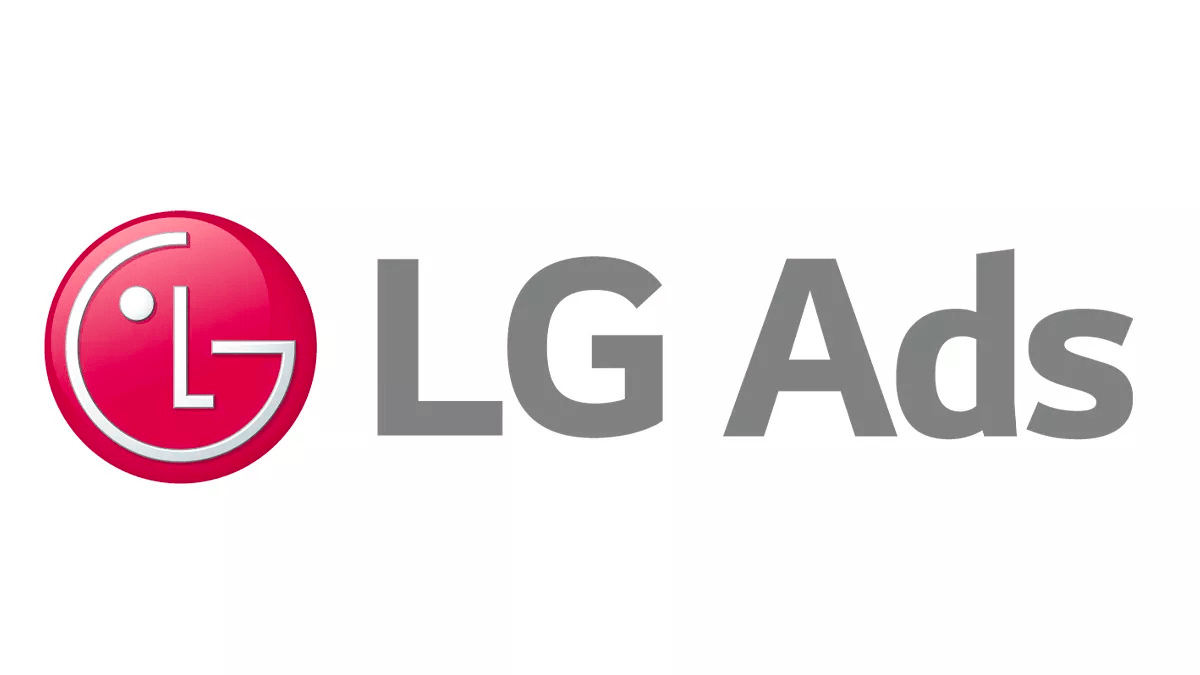YuktaMedia is excited to introduce the fifth speaker in the “Meet The Experts” series. The objective of this series is to interview leading professionals in the digital publishing industry around the globe. The goal is to learn from the experts, especially now, that the Publishing industry is hurting the most. We hope that by sharing and learning from each other’s experiences Publishers will continue to not only survive but thrive over the years to come.
Our fifth interview in the ‘Meet the Experts’ series is with Sagar Kapoor, Director of Operations – RTB and Video, House of Pubs – Ionvo Group. Sagar has almost a decade of experience in Programmatic advertising and he is passionate about learning and exploring digital marketing. He had the privilege to work with some of the most amazing Publishers, Advertisers, and Agencies in Asia, Europe, North America, and South America to understand their needs and analyze how things work behind the scenes.
We are grateful to Sagar Kapoor for taking the time out of his busy schedule and participate in this initiative of giving back to the Publishing community.
Aditya Bhelande – COVID-19 has added to the misery of already hurting Publishers. Looking back what and where did things go wrong for Publishers?
Sagar Kapoor – COVID19 came unexpected hitting several verticals directly & others indirectly. Everyone’s way of life changed drastically. Fast moving verticals & sectors such as Sports, Health & Fitness, Travel & Tourism, Fashion, Luxury & Real Estate etc., saw a sharp decline in CPM’s & fill rates.
In order to adjust with the need of social distancing norms & remote work which had disrupted a steady flow of consumption, revenue & people’s need to explore or even consume such services lead to a sudden shift in the Digital Marketing Eco-System.
On the other-hand we’ve seen instances where Publishers traffic have increased in the case of news Publishers but not the revenue. There is a need for greater transparency in the advertising value chain, and for Publishers to invest in Audience & Data to represent interests of their users better.
Unexpected campaigns closures during Q1-Q2 have led to this, but now since Q3 there is a steady jump in fill rates. Q4 is expected to be better in terms of fill, CPM’s now. Publishers can prepare themselves to be innovative & not rely too much on the Ad-Agency demand & rather traditionally sell to Ad-Slots to maintain a steady income during these testing times.
Aditya Bhelande – With Publisher revenues dwindling, would it make sense for Publishers to invest in any technology/platform (SaaS or in-house)? If yes, which business areas/technologies would you suggest?
Sagar Kapoor – It would make sense for Publishers to invest in Analytics, to understand their users better. Instead of selling the inventory as a whole under a particular domain name. And just relying on the network to re-present their inventory. It would yield greater results if they “know their user” better, and also get regular feedback from users on the interest & what kind of topics they would like to see more about, choice of ads or categories they interested to know about.
Shifting focus to learn about their audience & targeting ads to them based on their categories. Representing their segments & audience’s expectations translated into simple categories would yield greater results for Publishers in terms of better Digital Revenues. Advertisers invest more & pay for more if the intent of user & categorization is present, then it’s about the “value of data” rather than a general domain targeting dependent on several Ad-Tech factors while determining the advertisement & CPM’s.
Aditya Bhelande – With 3rd party cookies going away soon, what steps do you think Publishers should take so that they are ready to brace the impact on revenue and business in general?
Sagar Kapoor – Using a Consent Management Platform makes it easier for Publishers to gather and manage consent on their websites. CMPs can ensure that users have transparency and know-how their data is controlled. So that makes Publishers don’t have to worry about violating laws and can deliver personalized content and ads at the same time. Moreover, if a Publisher has some specific needs, then they can build their own consent management platform.
An excerpt from an article in the Digiday answers this accurately – “The most important step Publishers can take is to develop a strategy around user log-ins and explaining the value of their content to consumers. In a post-third-party cookie internet, increasing consumer authentication will allow Publishers to significantly increase the value of their ad inventory. An authenticated solution allows Publishers to recognize known users, thereby enabling data-driven ad targeting and associated high-value yields. The ability to recognize known users on a site also unlocks new revenue streams with enhanced direct, private marketplace (PMP) deals that can include brands’ custom audiences and open-marketplace targeting on identity-enriched ad inventory.
Beyond the Publisher’s own site, this authenticated, personally identifiable information (PII) can be translated into pseudonymized identifiers, which can then be leveraged by the programmatic supply chain across the open internet. Meaning, Publishers can enhance addressability across all browsers, even previously inaccessible inventory like Safari and Firefox and soon to be cookieless browsers such as Chrome. When deciding which components should comprise the authentication strategy, Publishers will have to steer clear of harmful and unsustainable solutions. For example, fingerprinting has been identified as an untenable solution by all major browsers, and passing universal IDs in the bidstream does not have the appropriate level of security. Putting consumer privacy and security above all else, authentications will have to be protected on publisher sites with privacy-conscious methods and encoded differently across platforms.”
Aditya Bhelande – How should Publisher manage their audiences, related data, and leverage these from a monetization perspective?
Sagar Kapoor – Publishers should focus on integrating with their 1st Party Data using CDPs (Consumer Data Platform) or other such first party data collection & management tools. Basically, they would want to add tiers to their audience, in terms of Maturity Rating (Teen, Adults, Kids etc) & the categorization of the content they consume on their web properties (sites, apps, etc). This will define the intent of the users & will help advertisers target them for more relevant services & products meant for their use.
Media buyers invest heavily on data using DSP’s & if a Publisher knows their own audiences, this can seriously have a positive impact on their revenue streams & even direct-to-advertiser sales. It’s a lot easier to represent inventory for Ad-Sales & branded opportunities backed by data.
Aditya Bhelande – There have been some talks about Publishers forming consortium’s to take on BIG Tech. Is that feasible? What would be the challenges and is there a way to make a consortium successful?
Sagar Kapoor – It is a tricky question, it’s not that simple because in our Digital Market industry we have these BIG techs calling the shots & majority owner of the technology Publisher uses. Whether it’s ads.txt, GDPR, TCF or JSON sellers everything happens keeping in mind their interests & to patch up the flaws of this not so much transparent system. Governments have also started citing, “Privacy” laws, concerns & are keen to control this industry as they know the power of mass out-reach & it’s impact. Advertising is now a form of content consumption, and not just “Ads” placed on the side of your article’s content.
Publishers can certainly take on the big tech, but that conversation has been around since a long time. We’ve seen many Publishing houses turning into Mar-tech companies, some have been quite successful too. In order to fully leverage this, Publishers need to have a technical advantage & understanding of the whole eco-system. And by the time, they have something developed close to what the current offering is, the system advances with technology upgradation & changes. Not every Publisher is focused or expert in the technology aspect, they are rather focused on content creation, their focus revolves around the audience’s demands & their expectations. It can be quite challenging, but worth its benefits.
Aditya Bhelande – How will the rise of OTT impact traditional web Publishers (News, Finance, Sports, etc.)? Is there potentially an opportunity for web Publishers?
Sagar Kapoor – OTT is expanding at a massive scale; it seems like there is no end to the consumption of content. No matter the availability of the current content to consume. Every niche finds its’s audience somewhere & Publishers should not waste any second to upgrade their offering here. It can be seen currently, where many Publishers are now starting to stream TV Shows, live sports events on their own websites & investing in Player Technologies.
To compete with the OTT, nowadays even news Publishers are releasing “News of the day” videos across social media (Facebook, YouTube, Instagram & Snapchat). You can see many examples where content has shifted from being an article or reading materials into Videos. Video consumption is at all time high at the current scenario, Publishers need to take it seriously & start making some videos & reaching their audiences via Websites, Social platforms etc. It’s a necessity for their survival in their respective domains.
Aditya Bhelande – Which revenue generation strategies should Publishers now pursue in addition to advertising revenue? And how will these strategies differ by Publisher size?
Sagar Kapoor – Despite just placing Ads & relying on Video & Display Ads revenue. Publishers should go for unique ways of monetizing their reach, for example nowadays brands pay Publishers huge sum for a promotional content/post on Facebook, Instagram or YouTube. There is a big market seeded brand articles, posts on websites even. Where brands pay for the number of exposure/reach & shares on social media. Brands are even coming up with Unique hashtags & hiring/paying websites, bloggers, content creators to use them in order to set a trend talk about their brand.
The advertising on Snapchat, Instagram & other social platforms is evidence that Publishers are not only Website & App owners nowadays, and brands have started aligning mainstream campaigns budgets towards social & influencer marketing as well. Anyone who has a medium to massive following on social platforms is a Social Publisher nowadays & they’re competing with current market of traditional Publishers (website, apps etc).
Aditya Bhelande – Do you believe that South American Publishers today have a global presence similar to say a New York Times? What suggestions would you give to aspiring Publishers to get there?
Sagar Kapoor – The best technique to make noise and get others to notice you is to manage yourself as a brand. You need to define your slogan, personality, audience. Develop social and search campaigns so you can present into local markets. Promote the importance and relevance of your content to the local users. In today’s inter-connected world a Brazilian user can have interest on a UK’s publication, wrote by a French author. The key of this is to show brands and consumers in local markets that this flow is the real world today.
Aditya Bhelande – What would be your top three recommendations for Publishers as they try to get through COVID-19 and beyond?
Sagar Kapoor – My Top Three recommendations to the Publishers would be as follows:
1. Invest in Analytics: Start with basics, try tools like hotjar, google analytics to understand your audience’s journey & how can you make it better. Once you have a basic idea of your audience, start with advances analytics tools that can analyze, categorize & store a user’s consumption habits within your platform, so they can be segmented as audiences which you can offer to certain advertisers. This is one of the common reasons why many publishers now give access to their website once a user login to it, so a profile can be maintained & targeted at will. Guests can access limited area, while a registered user explores much more with ads, lastly Premium/Paid Users see content without Ads.
2. Placement of Advertisement: is equally important as quality of content you produce, Publishers need to make sure that the Ad-Slots they position, should be viewable, non-intrusive & at the right positions. If need be, they can experiment with positions to achieve the best average viewability %. Higher viewability attracts more CPM’s & more fill rates. Advertisers demand viewable placements more than poor viewability ones. One of the common errors which impact Publishers revenue is poor placement of Ads/Ad slots or rather too many ads & less content.
3. Be where the User is: It doesn’t matter whether you started as a website or app & now you have substantial following of users on other social media platforms. There is many news, entertainment publishers which started out as a website but found massive reach on YouTube, Facebook, Snapchat or other social platforms/apps later. The ability to re-focus your efforts & switch from your original idea, might not be a bad one considering you need to present “where your user is”. Publishers need to be flexible in terms of this thinking, revenue source is not limited to having your own website or own app. There is a multitude of revenue streams available & the need to entertain, be present where your users are outweighs the need to maintain a platform just for the sake of it or the idea of its inception.
———————————————————————————————————————————————————————————-
Want to participate or nominate your expert? Reach out to us at info@webtest.yuktamedia.com




 Talk to a Media ERP Specialist
Talk to a Media ERP Specialist

















